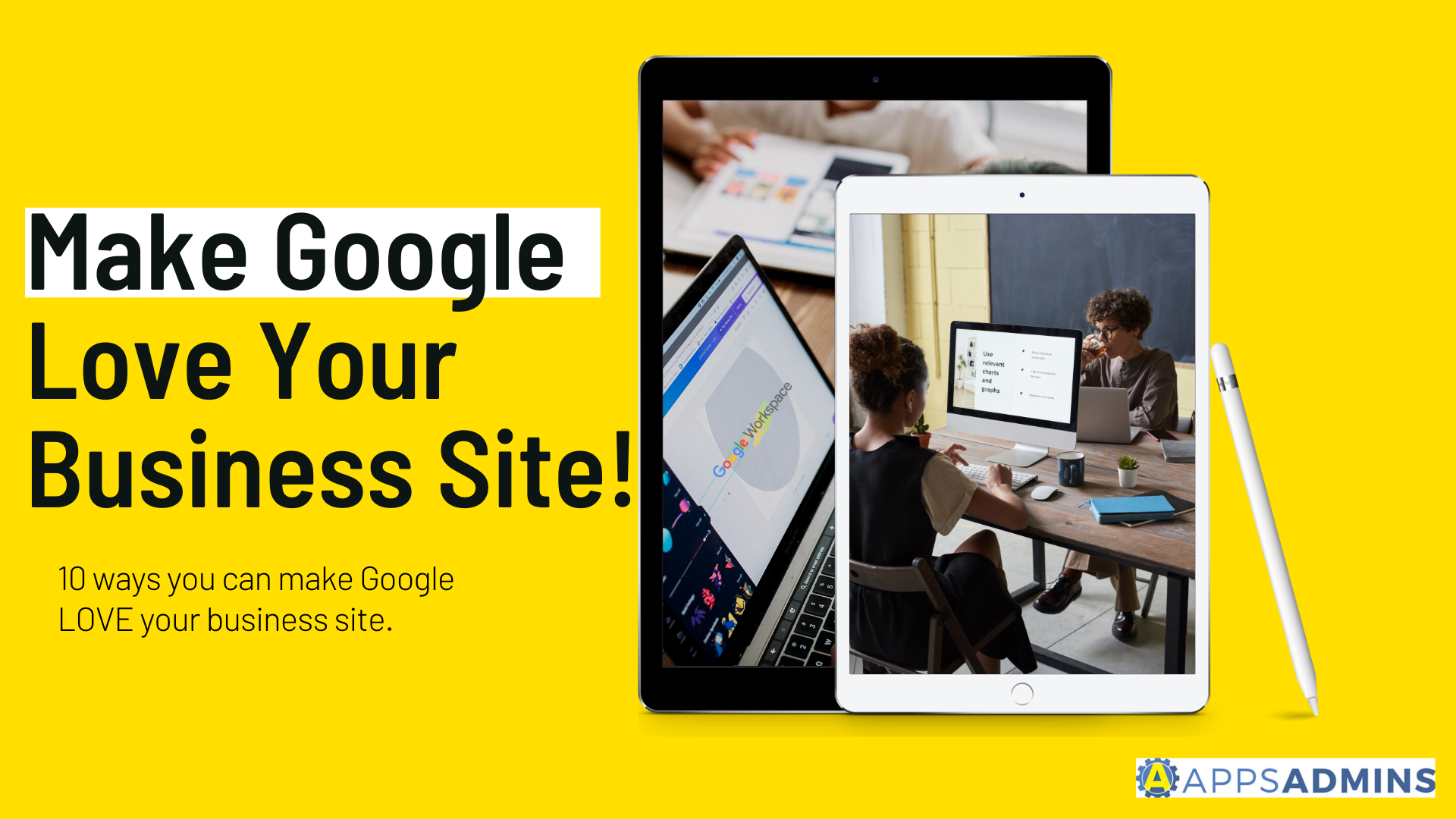G Suite Business Free for 30 Days
Sign up for a Free 30 Day Trial of G Suite Business and get Free Admin support from Google Certified Deployment Specialists.


Cloud storage is a big thing in the modern day, especially with the prevalenace of cloud computing- that is, moving all of our data and computing tasks to the cloud and browser-based applications. Two of the biggest names in cloud storage are Google Drive and Dropbox- two fairly different services that we'll be discussing in-depth in this article.
With that out of the way, let's begin.
Free Storage Allowance
Google Drive
Google Drive offers 15GB of free storage right out of the gate. Additionally, certain Google products can add up to 100GB of free storage, each, alongside their purchase. This is ideal for most scenarios, but you can't store too much in here without hitting your 15GB limit.
Dropbox
Dropbox offers 2GB of free storage, initially. This is fine for documents, but for images and videos especially, that 2GB can be very tiny. References add 500 MB for each friend who signs up (going up to 16GB) but this is still a fairly impractical way to lift what is a very limited storage cap, at least when you're a free user.
Other ways to boost storage include signing up for a Mailbox account- which makes 2GB into 3GB, and enabling Camera Upload from your smartphone will give you an additional 3GB.
Premium Plans
Google Drive
For $2 a month, Drive expands to 100GB. For $10, this turns to 1TB, and for $100, this turns to 10TB. These are huge boosts in capacity. Note that these are for normal Google accounts- getting Google Apps for Business, at $10 per user per month, unlocks unlimited storage starting at 5+ users, as well as Google's enterprise features.
Dropbox
Dropbox's next tier starts at $10 a month and offers 1TB of storage. Business users can purchase a Business plan (though it requires 5 people), which is $15 per person, per month, with unlimited storage and a levy of great enterprise features.
Exclusive Features
Google Drive
Integration with Google's various services, such as Gmail, Google Docs, etc. Also offers real-time collaboration on documents (a major boon to Drive).
Dropbox
Unfortunately, Dropbox doesn't have much in the way of exclusive features. Both applications can expand local storage and share files and folders- Dropbox's main advantage comes in its support across pretty much every OS you can think of, allowing you to keep important data across all systems. Drive may have more features overall, but Dropbox on Android is generally a better application, and with Camera Upload enabled, offers an easy way to your photos from your desktop PC.
Closing Notes
Those are the big differences between Drive and Dropbox. Neither are bad services, but if you're in a Google ecosystem, you're probably going to want to stick with Drive. Otherwise, Dropbox does have compatibility with Office 365, and according to certain benchmarks, is slightly faster with file transfers than Google Drive.
As far as pricing to storage and features goes, though, Google Drive wins overall. To learn more about Drive and other Google Apps in business, feel free to peruse our blog or contact us for more information.
.jpg?width=818&name=appsadmins-svg-rules-1%20(2).jpg)







